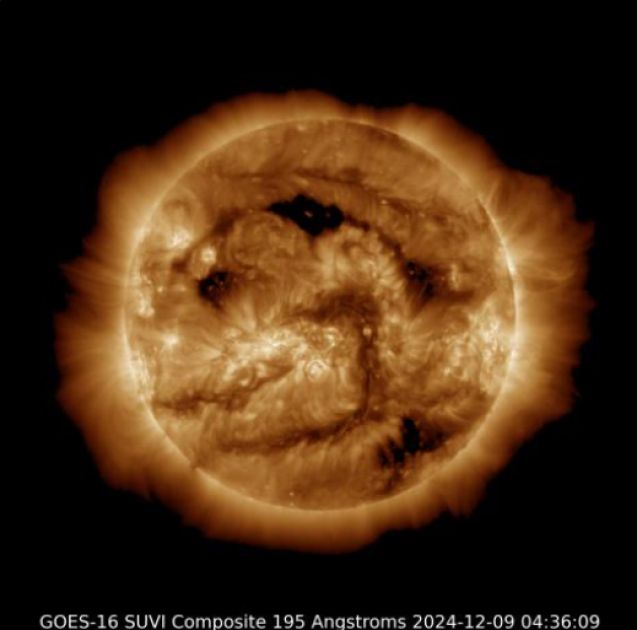On the night of October 17–18, the Sun unleashed two moderate
solar flares classified as M-class, according to the Russian
Institute of Applied Geophysics, Azernews reports.
One flare, rated M1.0, lasted 26 minutes, while the second
persisted for 21 minutes, marking a period of moderate solar
activity that experts continue to monitor closely.
Solar flares are sudden bursts of radiation caused by the
release of magnetic energy in the Sun’s atmosphere. They are
categorized into five classes based on their X-ray brightness: A,
B, C, M, and X. M-class flares are medium-strength events—more
intense than C-class flares but less powerful than X-class flares.
While unlikely to cause major disruptions on Earth, they can affect
satellite communications, GPS systems, and power grids under
certain conditions.
The Russian Institute emphasized the importance of monitoring
solar activity to better understand the Sun’s behavior and
anticipate potential impacts on Earth’s technological systems. The
recent flares were observed using advanced solar observation
instruments, enabling scientists to track their intensity,
duration, and possible geomagnetic effects.
Solar activity follows an approximately 11-year cycle, with
alternating periods of higher and lower flare frequency. Currently,
the Sun is approaching a phase of heightened activity, making
continuous observation critical for both scientific research and
practical applications, such as predicting geomagnetic storms that
could disrupt satellites or electricity transmission networks.
Although these recent M-class flares were moderate, they provide
valuable insights for solar physicists and space weather
forecasters. Understanding such events helps improve early-warning
systems and informs preparations to protect modern technological
infrastructure from potential solar impacts.

